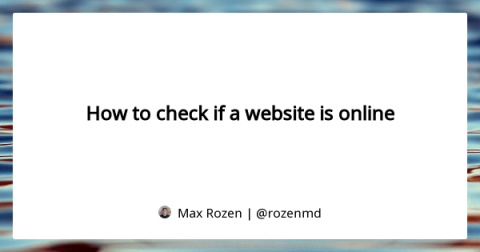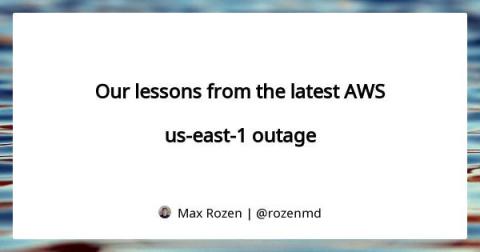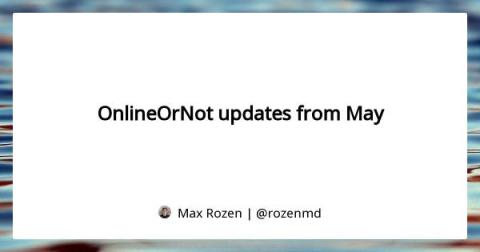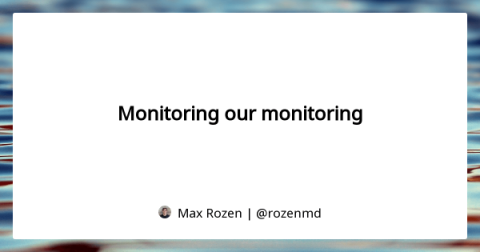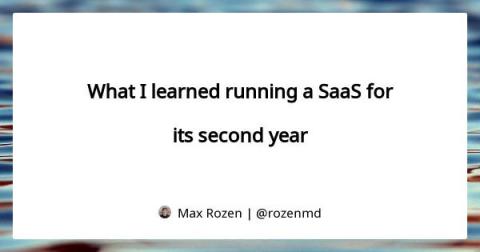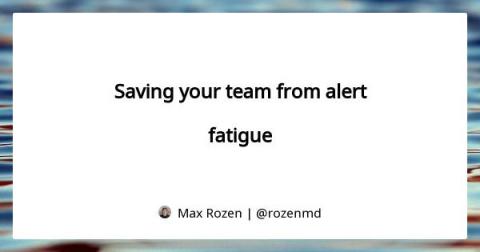Ways to avoid losing your domain
Imagine you're sitting in your office, and you start noticing emails coming in asking if you'd like to buy your domain. "Huh, that's weird, I already own that domain" you think to yourself. A few more emails come in, and they're getting past the spam filter, so you decide to double check your domain manager. Doubt starts creeping into your mind, you start panicking, and you frantically scroll down to where the domain should be, and... It's gone.



